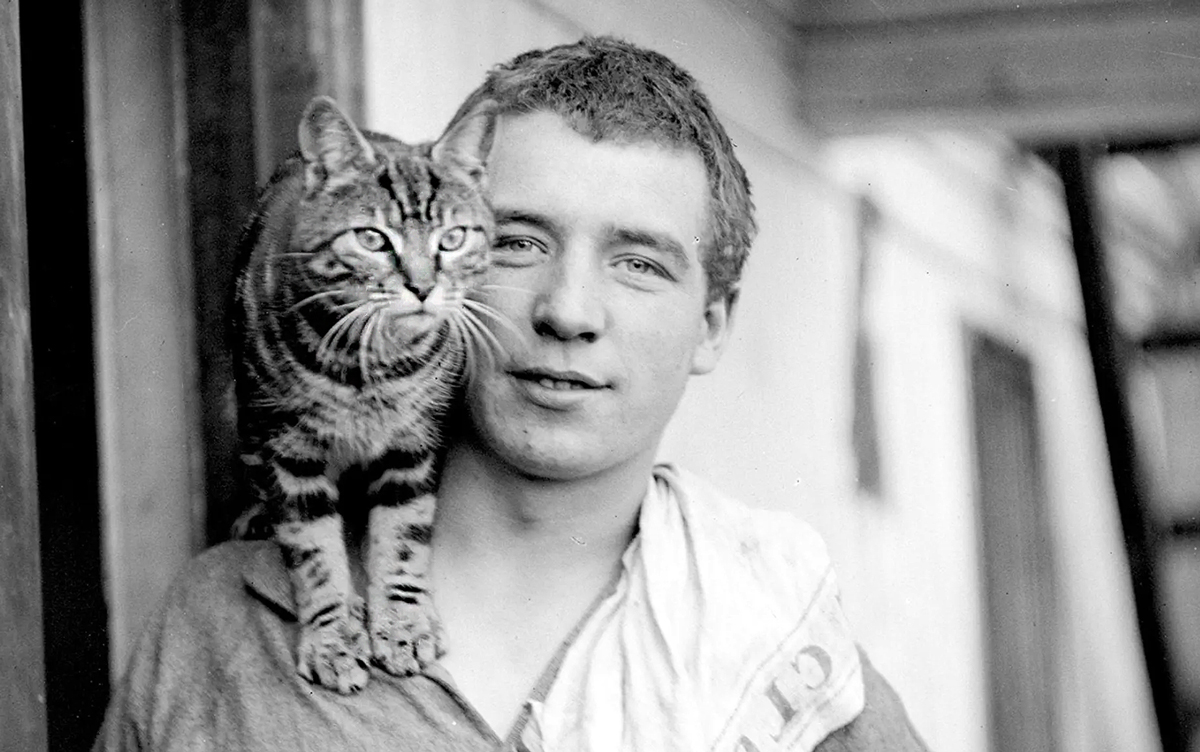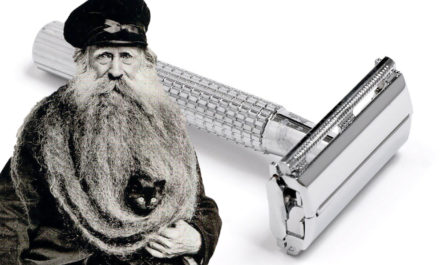Can you imagine a little pusscat braving the Antarctic? How about a tiger-striped tabby wandering the decks of a ship, and becoming a pivotal morale booster in one of history’s most daring expeditions. This is the story of Mrs Chippy, the extraordinary feline who sailed into history aboard Ernest Shackleton’s Endurance during the Imperial Trans-Antarctic Expedition of 1914-1917.
The ship’s carpenter Harry ‘Chippy’ McNish had handpicked the cat for the voyage. Observing the pair’s unbreakable bond, the crew playfully named the cat Mrs Chippy. Amusingly though, it took them a month to discover that the cat was actually male. But by then, the name had stuck.
Mrs Chippy had originally been brought aboard for pest control, as was the norm on ships at this time. But he quickly became much more than that, evolving into a beloved and integral member of the crew.
He had a great ability to navigate the ship’s narrow rails, even in the harshest of seas. Mrs Chippy was not just a pet; he was a symbol of resilience, a beacon of comfort in the unending white wilderness.
Challenges and Companionship
One night, Mrs Chippy’s adventurous spirit almost led to tragedy when he leapt overboard. After a whopping 10 minutes in the icy waters, the ship’s biologist, Robert Clark, used one of his sample nets to scoop up the beloved cat. As I’m sure you can imagine, this incident only deepened the crew’s affection for their whiskered companion.
Farewell Mrs Chippy
Sadly though, as the Endurance became ensnared in pack ice, leading to its eventual sinking in 1915, the fate of Mrs Chippy took a heartbreaking turn. Shackleton, faced with the grim reality of crew survival and needing to ration what little food they had, made the harrowing decision to euthanise Mrs. Chippy. Consequently, Mrs Chippy was shot on the 29th September 1915. The bond between McNish and his cat was profound, and the loss left a deep scar on McNish’s heart, a wound that apparently never quite healed.
Remembering Mrs Chippy
In September 1930, McNish passed away in Wellington, New Zealand, where he was later honoured with a headstone and a life-sized bronze statue of Mrs Chippy. This statue stands as a silent testament to their enduring bond, a reminder of the unspoken language of companionship that transcends human and animal.
Over the years, artists, writers, and historians have immortalised the story of Mrs Chippy in various forms. From Caroline Alexander’s ‘Mrs Chippy’s Last Expedition: The Remarkable Journal of Shackleton’s Polar-Bound Cat,’ which recounts the journey from the cat’s perspective, to the portrayal in the 2002 mini-series ‘Shackleton,’ Mrs Chippy’s legacy continues to inspire.
Artist Wolf Howard‘s painting, ‘Mrs Chippy,’ poignantly captures the cat’s final moments, while Kate Atkinson’s novel ‘Case Histories’ pays homage to this seafaring companion.
Even children learn of Mrs. Chippy’s bravery through Russell Hepplewhite’s opera ‘Shackleton’s Cat’ and Susan Brocker’s picture book ‘Mrs Chippy the Cat.’ These creative expressions ensure that the story of this brave feline continues to capture hearts and minds.
In the frosty expanse of Antarctic history, Mrs Chippy stands as a whiskered reminder of the enduring spirit of exploration and the surprising companions we find along the way. His story is not just about survival; it’s about the comfort that only a pet can provide, even in the most unlikely places.
Speaking of unlikely places, have you read the one about the chap with a kitten in his beard?


